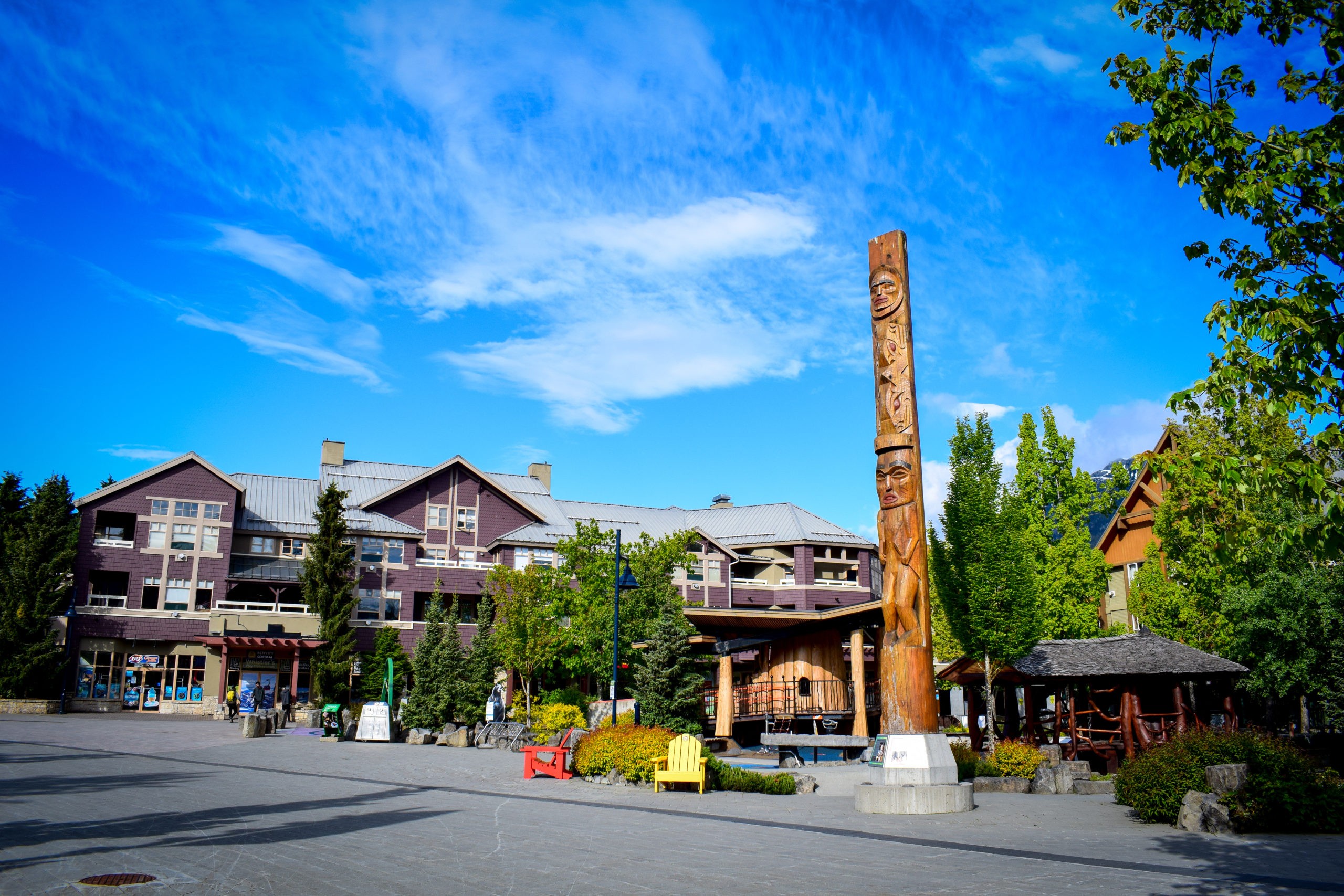
14 Jun A Self-Guided Tour to Whistler’s Outdoor Indigenous Art
When you think of Whistler your thoughts likely immediately jump to heart pumping, adrenaline fueled adventures. Sure, there’s plenty of that going on. But when you look a little closer, you’ll learn that this little valley is overflowing with world-class art and is rooted in a rich cultural history.
The town of Whistler as we know it today exists on the shared, unceded territories of the Squamish and Lil’wat Nations. For tourists and new residents in town, I always highly recommend a visit to the Squamish Lil’wat Cultural Centre (SLCC). Over my ten plus years in town, I’ve lost count of how many times I’ve been there for tours, dinners, events or interactive demonstrations. And yet, each and every time, I always walk away having picked up some new bit of knowledge or appreciation.
Of course, being the next-level town that Whistler is, it’s not surprising that our local art isn’t merely confined to indoor collections. If you know where to look, there is absolutely incredible art all over town for you to discover. The best part? It’s free.
Equipped with a camera, local knowledge and more than a few tips from the team at the SLCC, I spent the day on an Indigenous art scavenger hunt. I hope that you will put this guide to good use so you, too, can find these local treasures on your next trip to Whistler.
Walking Distance From SLCC
Welcome Figures – Sesiyam Ray Natraoro (Squamish), Johnnie Abraham (Lil’wat) and Jonathan Joe (Lil’wat)
As the name suggests, the Welcome Figures are there to welcome you at the SLCC. The figure on the left is a traditional welcome figure of the Coast Salish People who can be found along the West Coast of Northern Washington State and up the coast of British Columbia. On the right, the animal carvings represent the Territory Markers found in the St̓át̓yemc Nation (of which Lil’wat is a part of), representing the families that live in each respective area. I recommend viewing them both from afar, then walking up close to really take in the detail on each piece.
The artist Sesiyam Ray Nataoro also carved the Xaays Canoe in the Great Hall just ahead in the SLCC. You can learn more about his work here.
Welcome Arch – Clarence Mills (Haida)
Your next stop is just across the street (tip: you can get a coffee from the Thunderbird Café to enjoy as you stroll between the pieces) . A short stroll away and you will find the Welcome Arch tucked into the beautiful gardens behind Embarc. Designed to reference a traditional First Nations house post and an entrance to a Longhouse, the two parts are actually part of one installation.
Thunderbird Sculpture – Sinámkin. Jody Broomfield (Squamish)
As you emerge from the path you will arrive at the third piece in this loop. Just outside of the Fairmont Chateau Whistler at the entrance of the Upper Village, you can find the Thunderbird Sculpture, an ode to the Thunderbird whose roost was located at Black Tusk. This Thunderbird points guests back towards the SLCC.
Whistler Village
My second loop took me exploring the art found along the wold famous Whistler Village Stroll. Some of these pieces I have walked by for years, but had never stopped to truly admire their beauty. Whether you’re coming to or from a day on the mountain, or just spending the day strolling the stroll, here are some pieces you won’t want to miss.
Totem – Ken Mowatt (Gitxsan)
I started my tour at the base of Whistler Mountain in Skiers Plaza. As the main upload area in both Winter and Summer, if you’ve ever been to Whistler there is a good chance you’ve been here before. Walking down the stroll will bring you to Mountain Square, the home of Totem by Ken Mowatt. This carving depicts the animals from the area. You can learn more about the significance of each animal through the plaques on its base. I tried challenging myself to see if I could identify all the animals before checking below. This is a fun activity you could do with your kids to get them involved..
Welcome Figure – Tawx’sin Yexwulla / Poolxtun Aaron Nelson-Moody (Squamish), assisted by Bansht Delmar Williams (Lil’watt) and Westa7 Todd Edmonds (Lil’wat)
Continuing down the stroll you will come to another Welcome Figure. Created to celebrate the spirit of cooperation and shared territories of the Lil’wat and Squamish First Nations, artists from both nations worked to create this piece. I found it interesting to learn that this piece was actually carved on site at the SLCC. The artists engaged the SLCC Indigenous Youth Ambassadors and even some visitors in the carving. It would be pretty cool to be one of the guests that had played a part in carving this piece to come back and see it on display. Keep an eye on the SLCC experiences page to see ways you could get involved.
He-yay-meymuy (Big Flood) – Xwalacktun (Squamish)
More than just an aesthetically beautiful place to get an Instagram shot, the entrance to the Audain Art Museum is a great place to admire Indigenous art. Since being installed, “He-yay-meymuy (Big Flood)” has become an iconic landmark in town. The steps behind it are a fantastic place to enjoy a picnic lunch, too, where you can enjoy your meal while admiring the art and architecture.
A Timeless Circle – Susan Point (Musqueam)
When I was done at the Audian, I walked just across the street to see A Timeless Circle. It was commissioned by the Resort Municipality of Whistler to celebrate Whistler’s involvement in the 2010 Olympic and Paralympic Winter Games. At first thought all the faces were the same, but after reading the info plaque I learned that each is actually individually carved from cedar and cast in bronze to reflect the Games bringing people together from all over the world.
Olympic Lightning Figure – Sesiyam Ray Natraoro (Squamish), Bansht Delmar Williams (Lil’wat)
Reaching the far end of the Village Stroll, I arrived at Whistler’s Olympic Plaza. It feels like just yesterday our town came alive with the 2010 Olympic and Paralympic Games. Held on the traditional territories of Four Host Nations, the 2010 Games were imbued with First Nations art and culture. You too can feel the spirit of the Games by visiting the Olympic Rings, Paralympic Agitos, and this Olympic Lightning Figure, representing the role of First Nations in making the Games such a success.
Referencing the traditional story of how tools were given to man, the Olympic Lightning Figure represents both local Host Nations, the Lil’wat and Squamish First Nations. Conveniently located next to a pretty incredible kids’ playground, this sculpture offers a fantastic opportunity to introduce your kids to First Nations art.
Cheakamus Crossing
Built to house athletes during the 2010 Vancouver Winter Olympics, Cheakamus Crossing is home to a number of Indigenous art pieces commissioned for the Games. Having lived in this neighbourhood for a few years I was familiar with these pieces, but admittedly I knew very little about them. I was able to learn more about the art I pass on on a daily basis and you can get a taste of the Olympic spirit with a stroll through the parks and paths of this legacy neighbourhood.
Running With Spirit – Johnnie Abraham (Lil’wat) and Jonathan Joe (Lil’wat)
While driving, biking or waking into Cheakamus Crossing keep your eyes peeled to the left for Running With Spirit. It’s easy to roll right past, but stop and take a minute to check out this piece. It blends a Lil’wat First Nation symbol of strength and speed (the grizzly bear) with an athlete representing the 2010 Winter Games.
Dancing Wind – Carey Newman (Kwagiulth)
Continue down into the neighbourhood and over to the Whistler Athletes’ Lodge where you can find Dancing Wind; the panels are built into the building itself. After a bit of reading, I learnt that each panel represents a wind direction, an animal, and a colour related to the Indigenous medicine wheel. The north wind is a wolf in white. The east is an eagle in yellow. The south is a frog in red. The west is a bear in black.
Dancing Wind – Carey Newman (Kwagiulth)
Turn around from Dancing Wind and you’ll find From Time Out Of Mind. From far away it looks like a cool cube balancing on its corner, but upon closer inspection it’s even cooler. On its sides you’ll find traditional Lil’wat pictograms and modern symbols of the Games created in that style. I found a luger, skater and a skier. See how many you can find on its sides.
Truce Wall – Corrine Hunt (Kwakwaka’wakw/Tlingit), Leo Obstbaum and James Lee
Also beside the Whistler Athletes’ Centre, I found the Truce Wall, a legacy of the 2010 Olympic and Paralympic Winter Games Athletes’ Village. The design is based on the medals created for the 2010 Olympic and Paralympic Winter Games. It turns out that ‘The truce’ was a tradition of the ancient Olympiads. The wall is a symbol of the athletes’ commitment to peace and the ideals of the Olympic movement. You can find twin versions of this Truce Wall in the Vancouver Athletes’ Village and United Nations Building in New York City.
A Short Drive Away
Whether by bus, car, or even bike, these art installations outside of the main village are worth the journey to visit.
Sunulhkay: The Two Headed Serpent – Sesiyam Ray Natraoro (Squamish)
Sometimes a bridge can be much more than a bridge. Adorning the bridge to the Whistler Sliding Centre I found Sunulhkay: The Two Headed Serpent. The metal carving represents the traditional story of the creation of the artists people. Spring and summer are a great time to go and see this piece with minimal traffic.
Grandfather (Bear) & Medicine Man – Laurence Knowles (Haida)
While you’re in your car, a short drive away to Meadow Park will take you to Grandfather (Bear) & Medicine Man. Grandfather (Bear) depicts the relationship between human and bear. As the artist explained about his life in the north, hunters would pray to the bear before hunting. The human in the bear’s eye represents the First Nations’ story of transformation. The second sculpture, Medicine Man, looks to the bear. Medicine Man was created to honour the Lil’wat First Nation elder that blessed the Basalt Sculpture Project that was carved in Whistler by the Haida First Nation artist Knowles.
Inlyaxan: Thunderspirit – Sesiyam Ray Natraoro (Squamish)
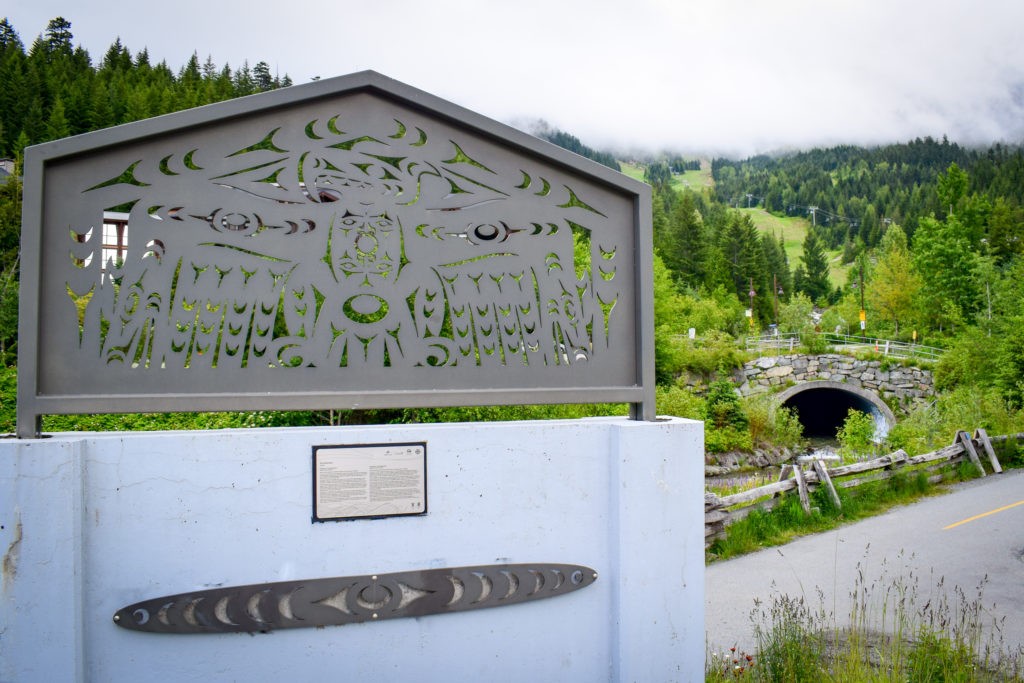
Last but not least on my tour of art I ventured to Whistler Creekside to see Inlyaxan: Thunderspirit. Positioned right beside the highway, looking up towards the Olympic Downhill, I had seen this many times, but you really need to see it up close to take in all the detail. You can reach this piece by parking in the Creekside underground parking and taking a short walk down the Valley Trail towards Highway 99.
In one day of exploration I was able to learn more about the art that surrounds us here in Whistler every day. With National Indigenous People’s Day coming up on June 21st, I invite you, too, to use the day to get out there and learn about local arts and culture. The SLCC is also running a wide range to digital events that you can join throughout the day, you can learn more here. They’ve also just announced that they are re-opening Friday, June 26th. I for one can’t wait to see what they have planned for this summer!
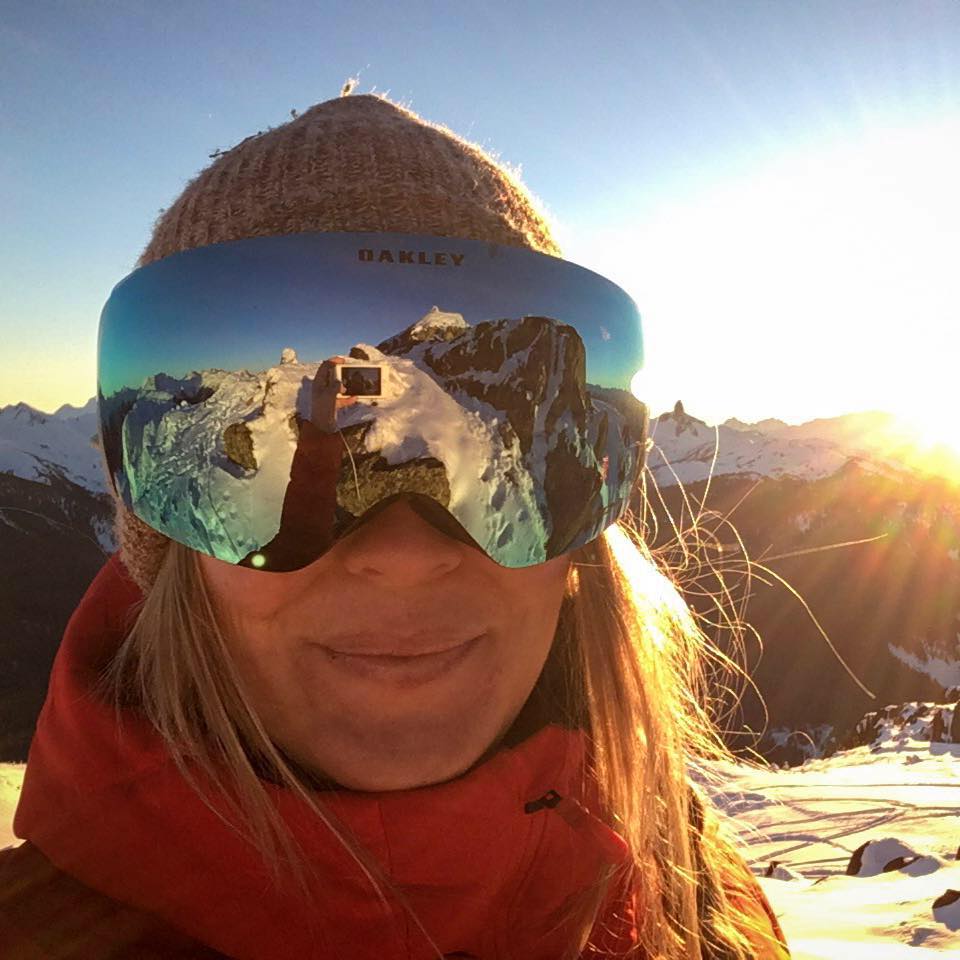
Megan Wilson is a Whistler content creator. 9-5 you can find her behind her laptop creating helpful content to share Whistler vacation tips. 5-9 she’s out there exploring all that Whistler has to offer.
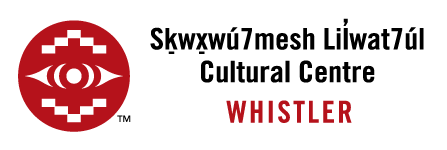

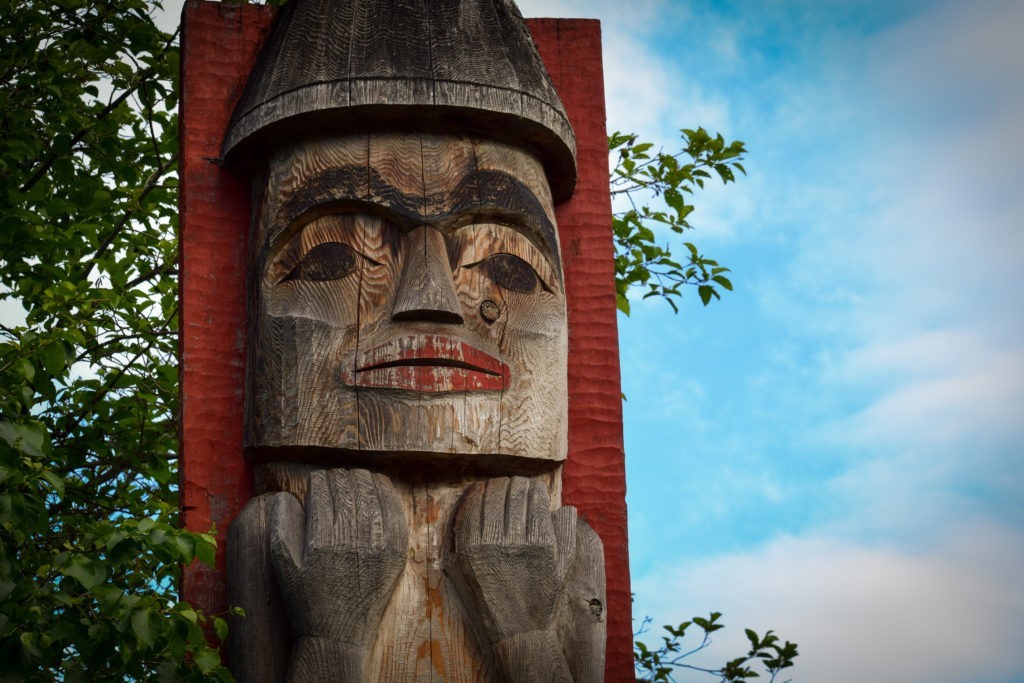
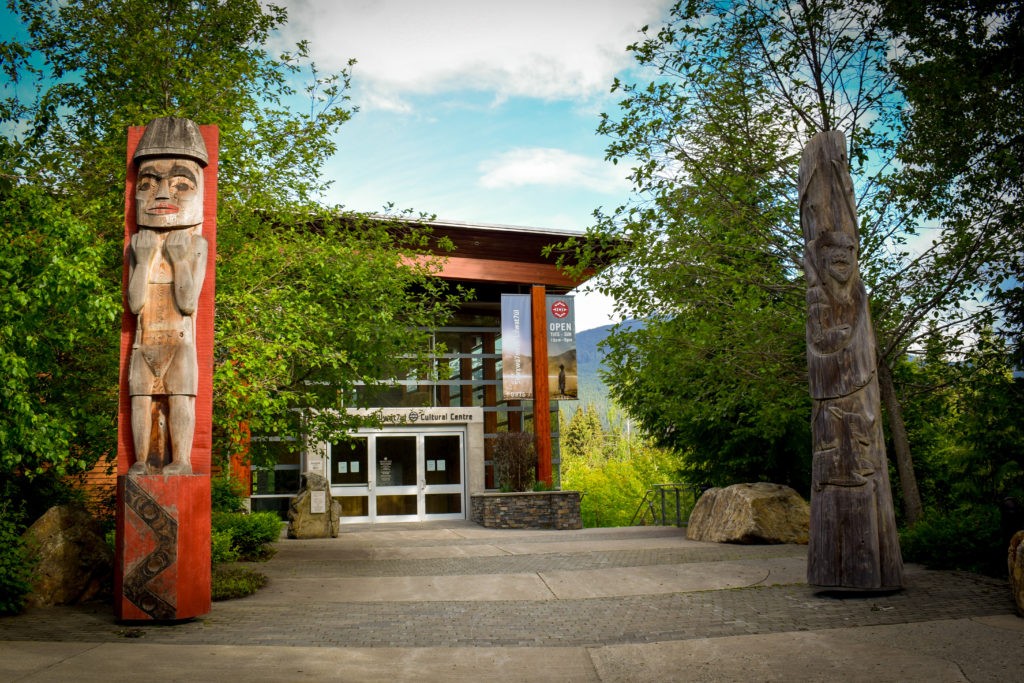
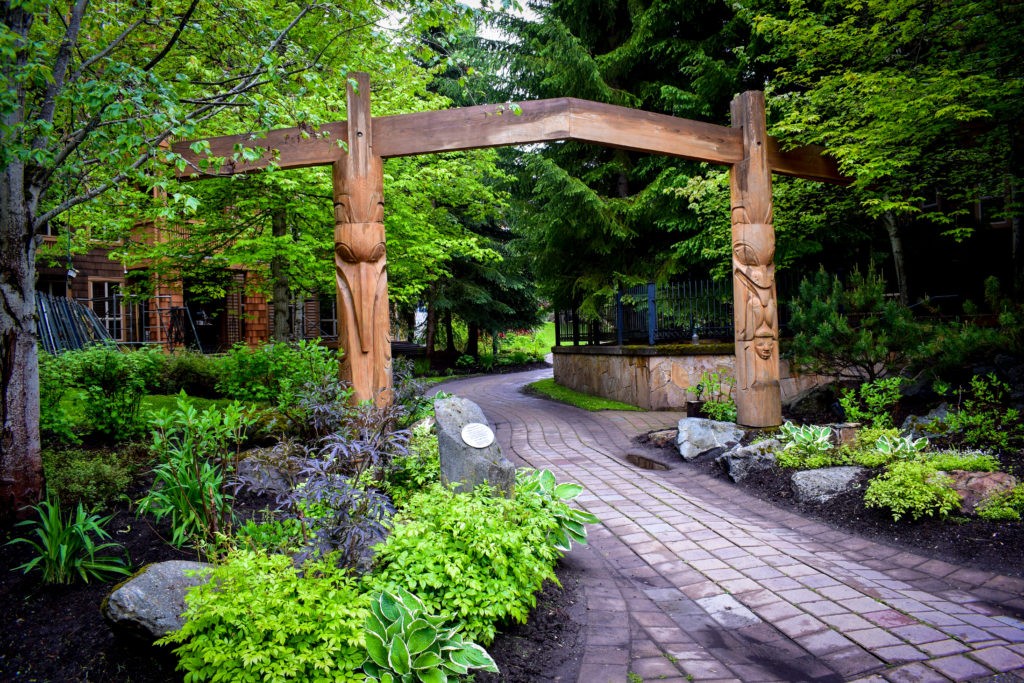
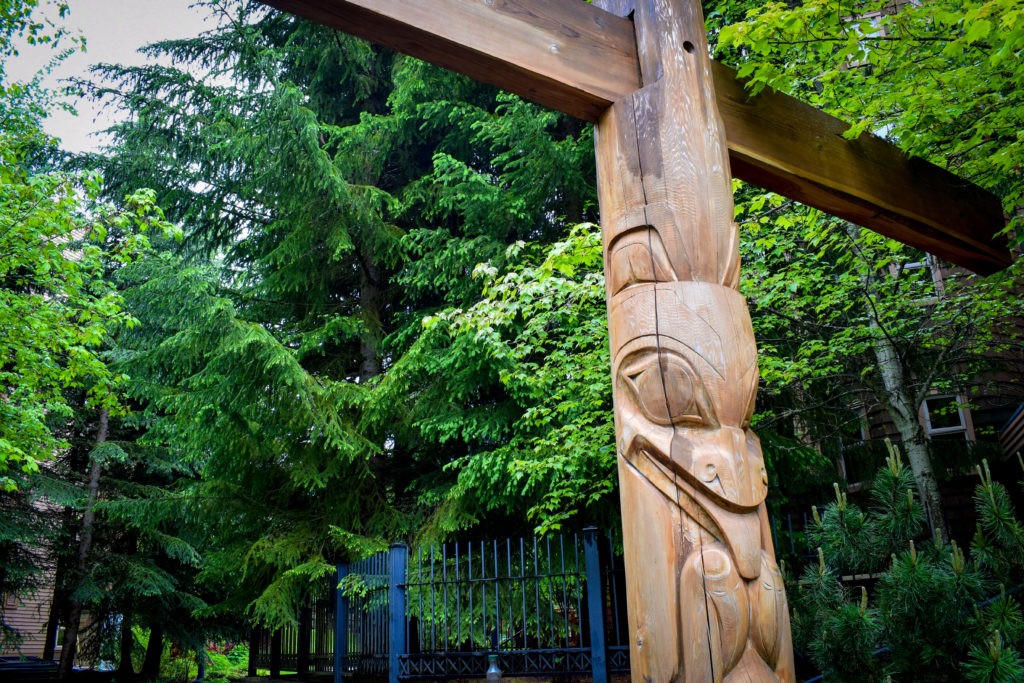

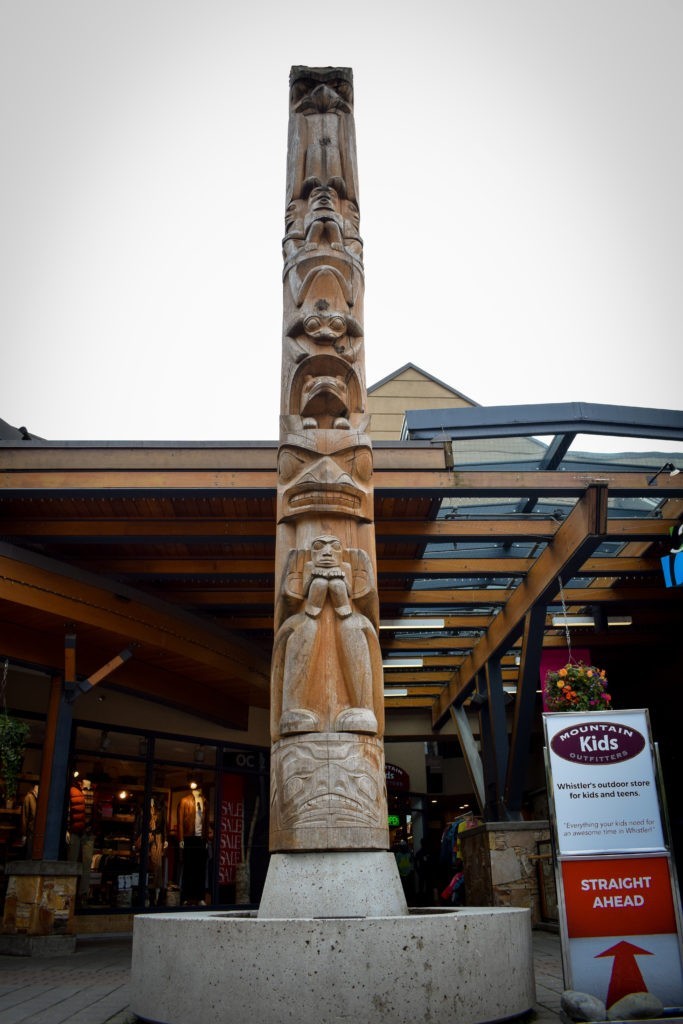
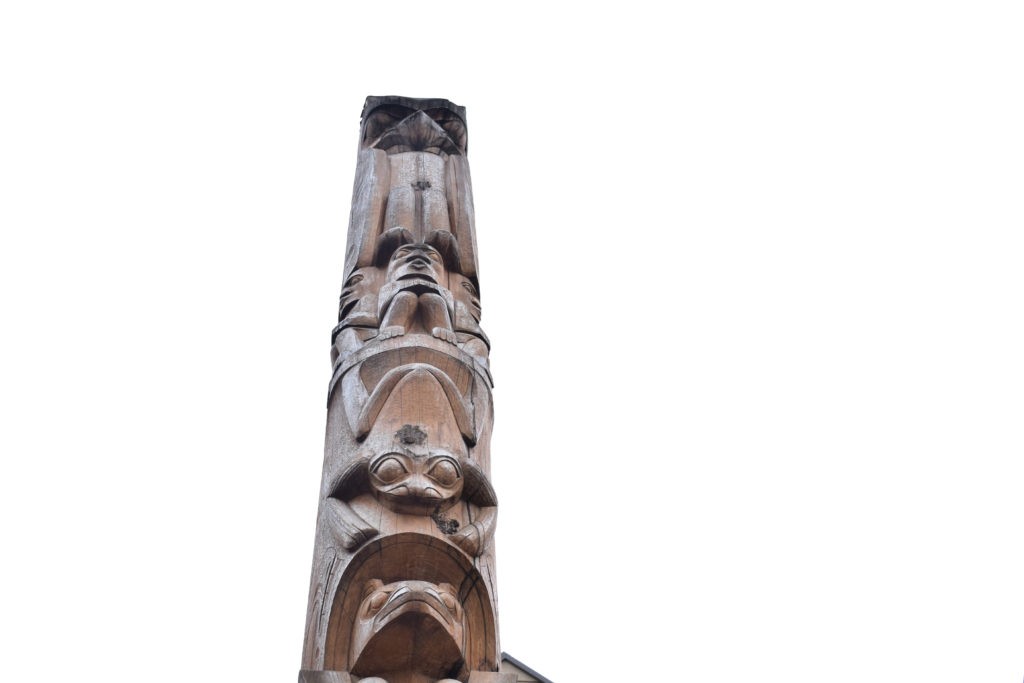
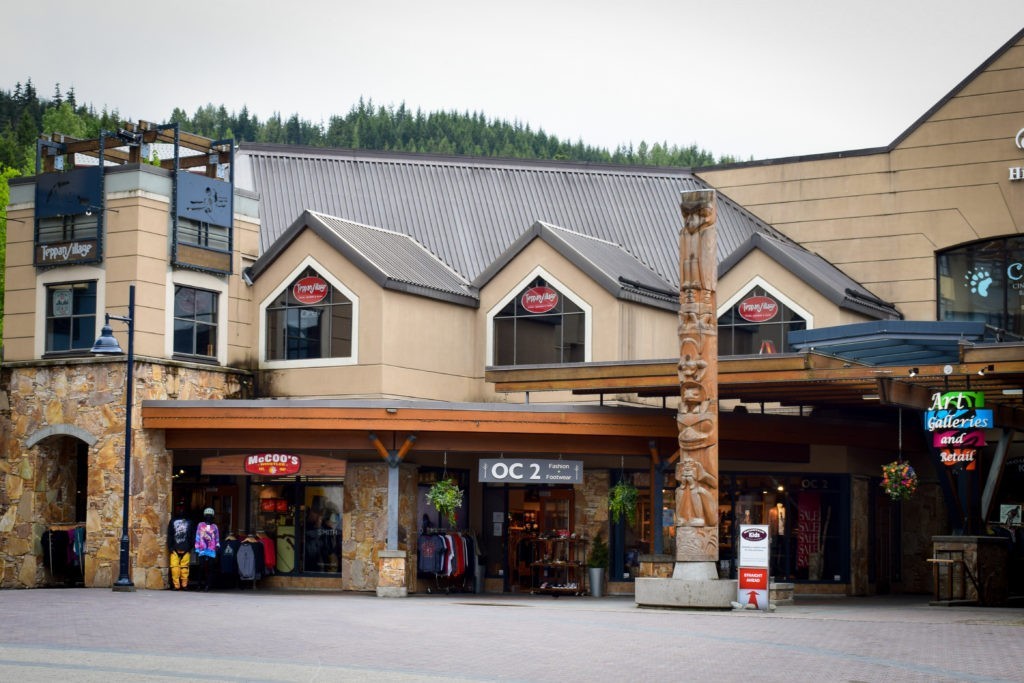
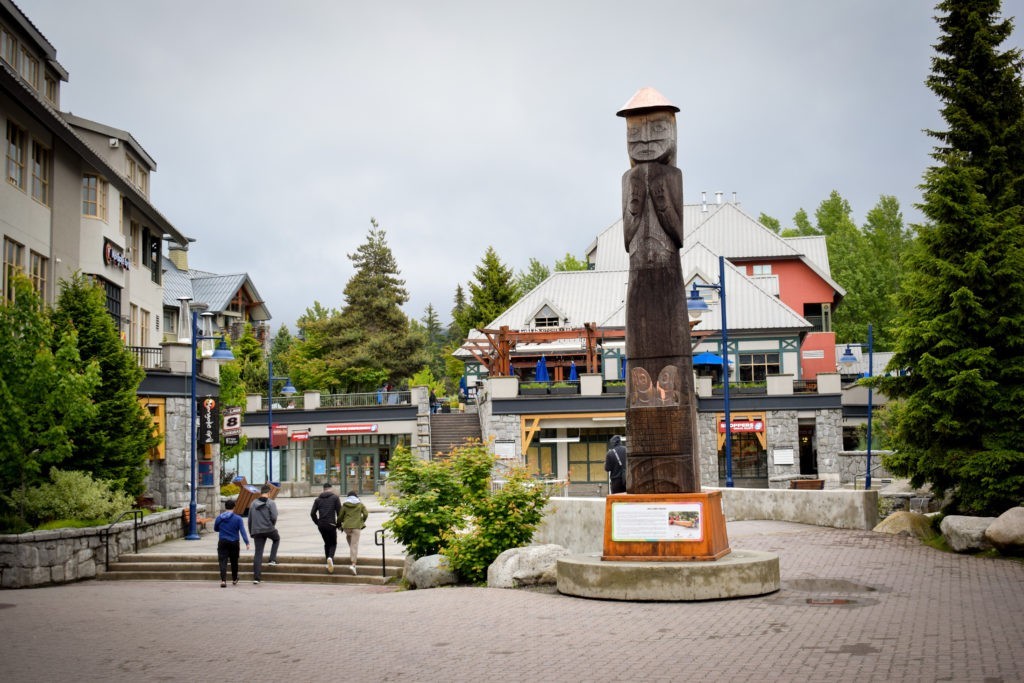
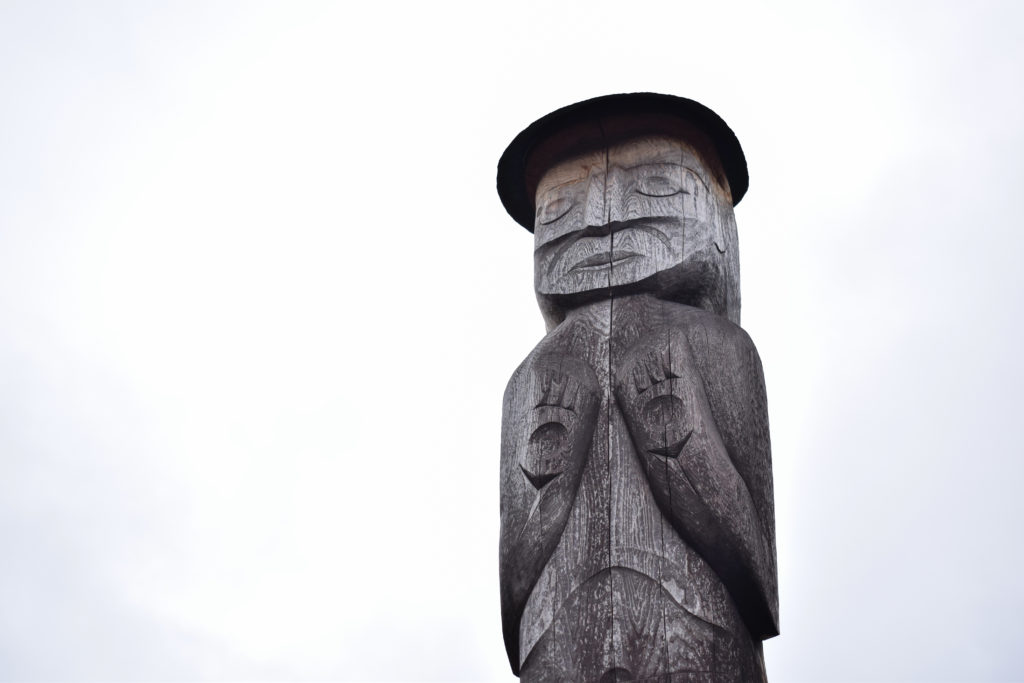
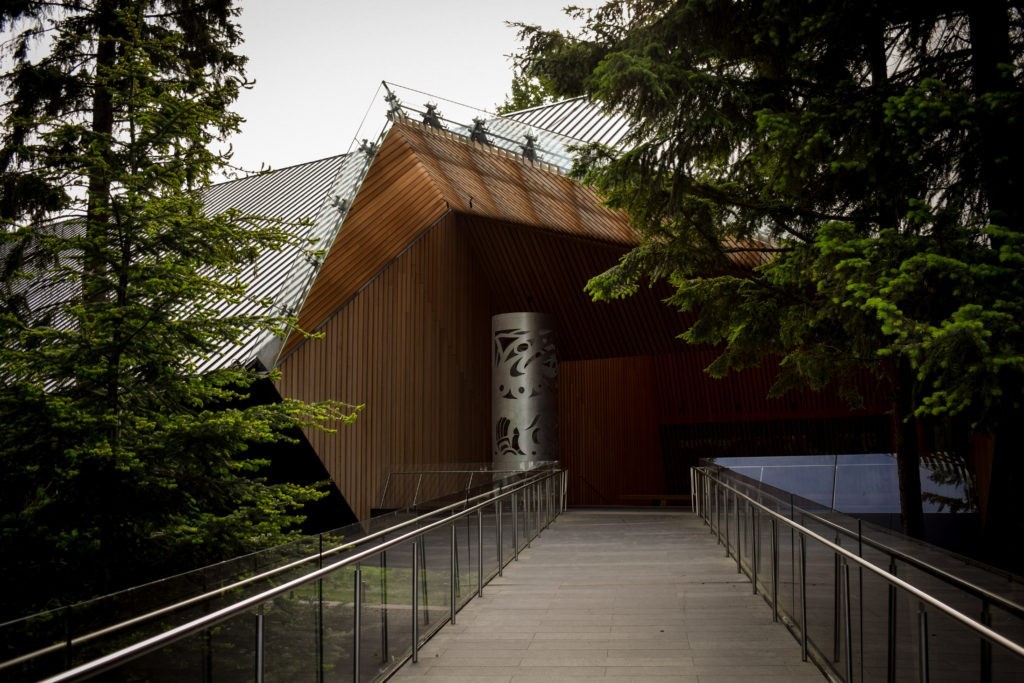
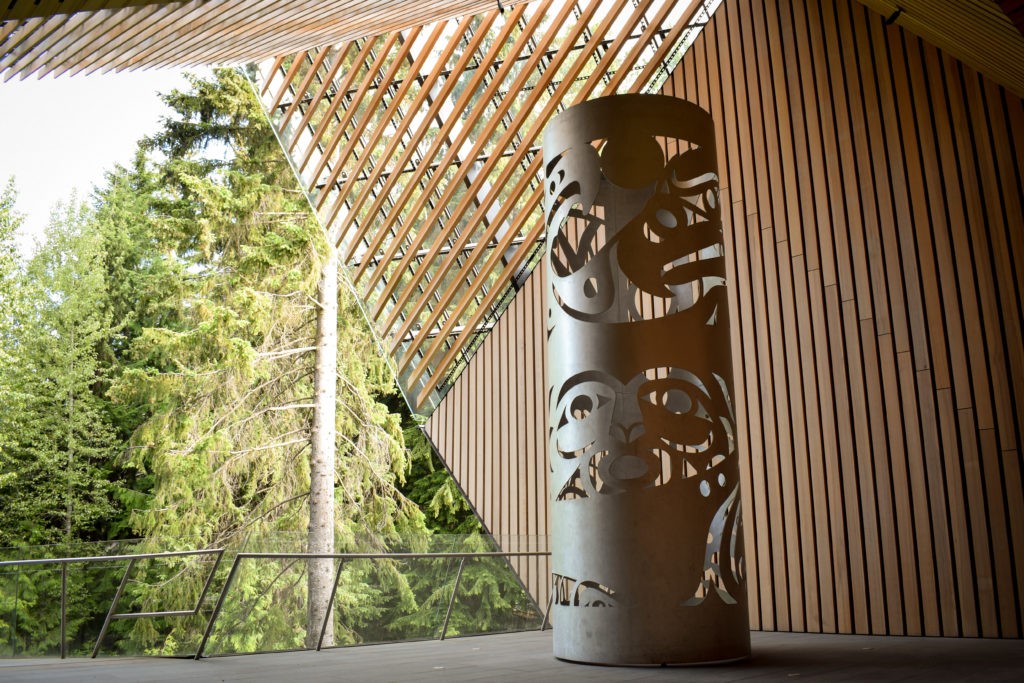
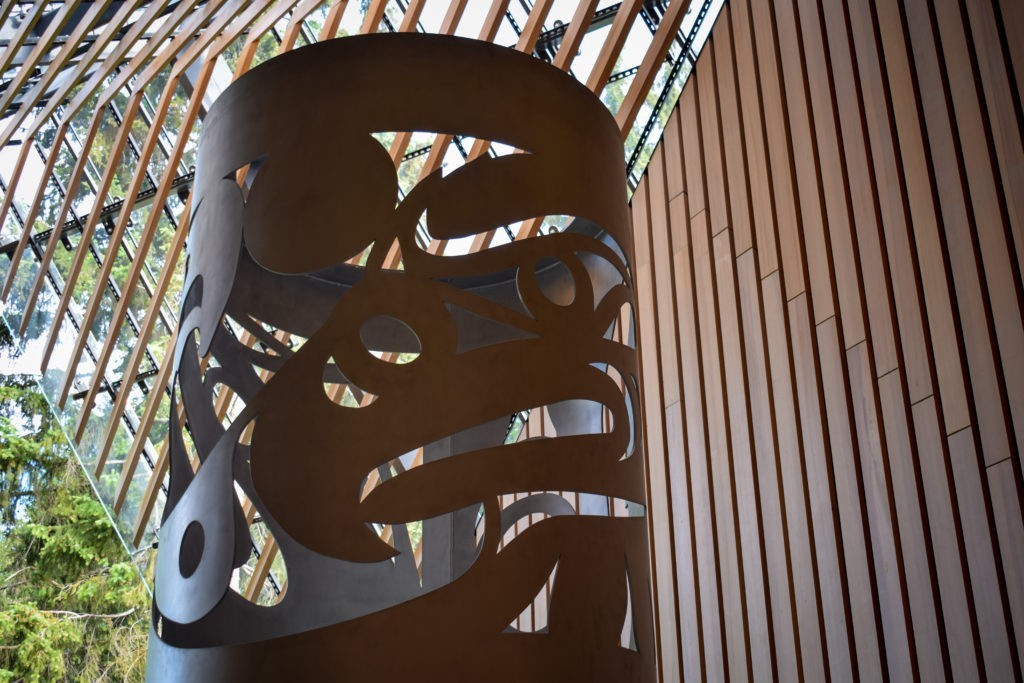
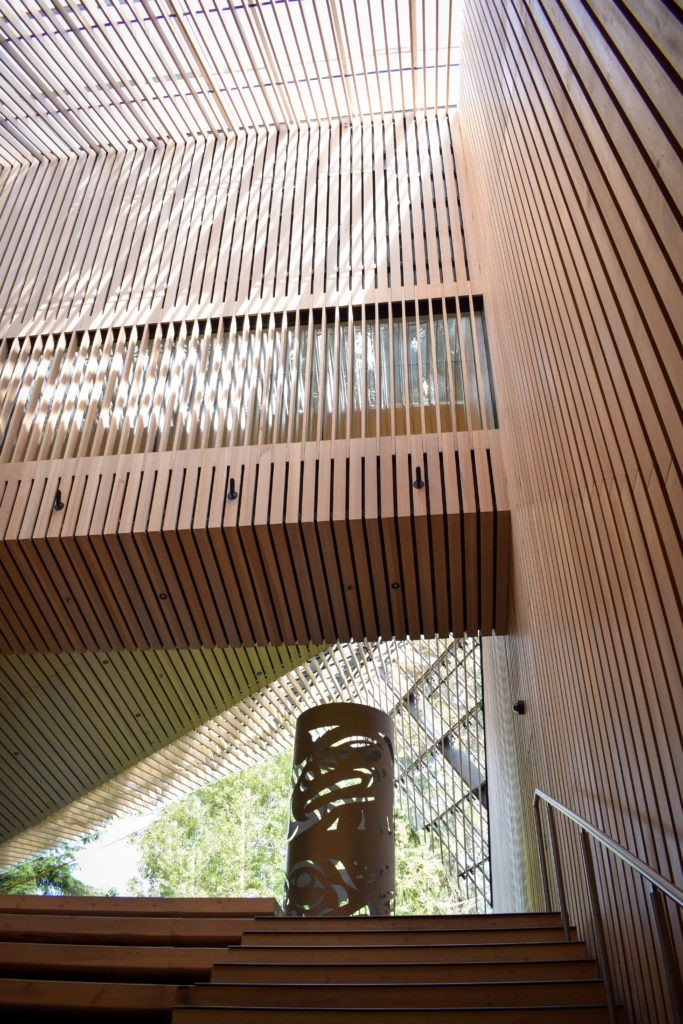
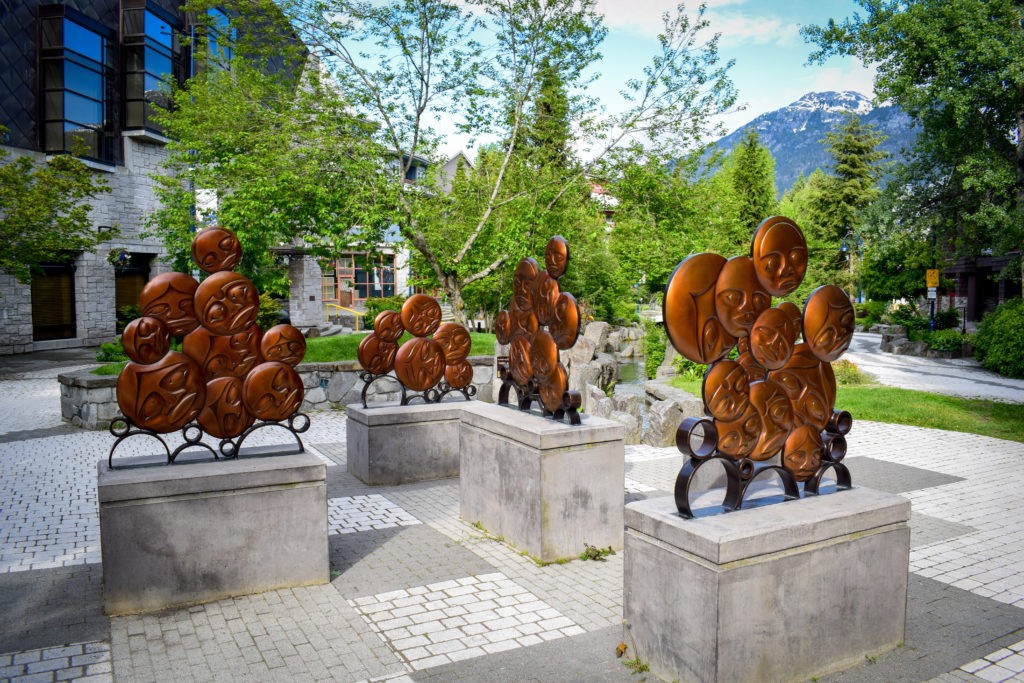
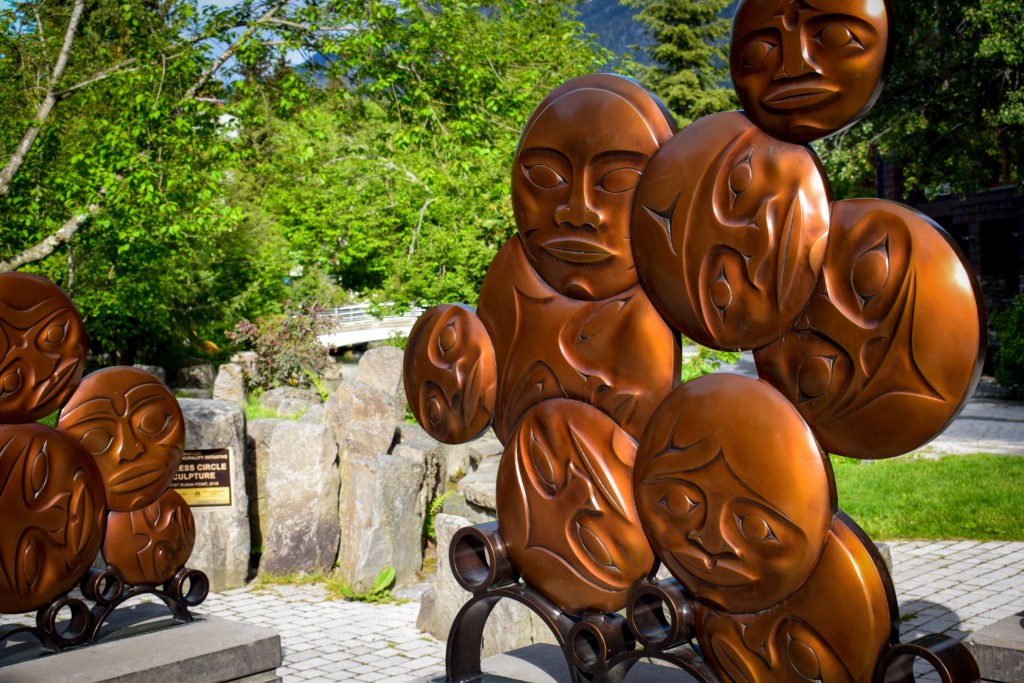
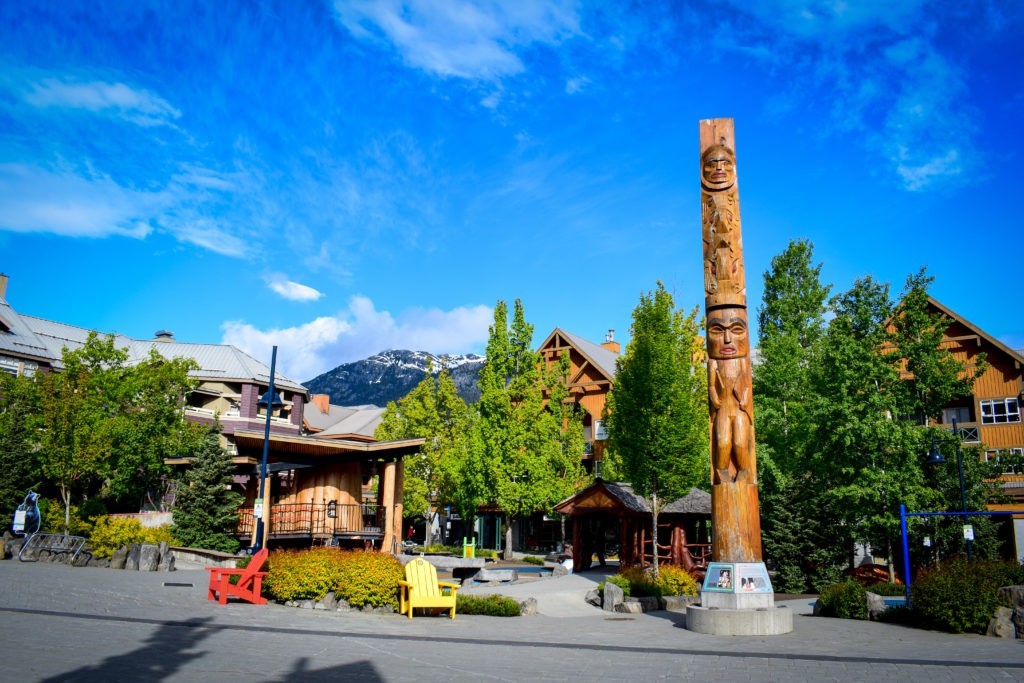
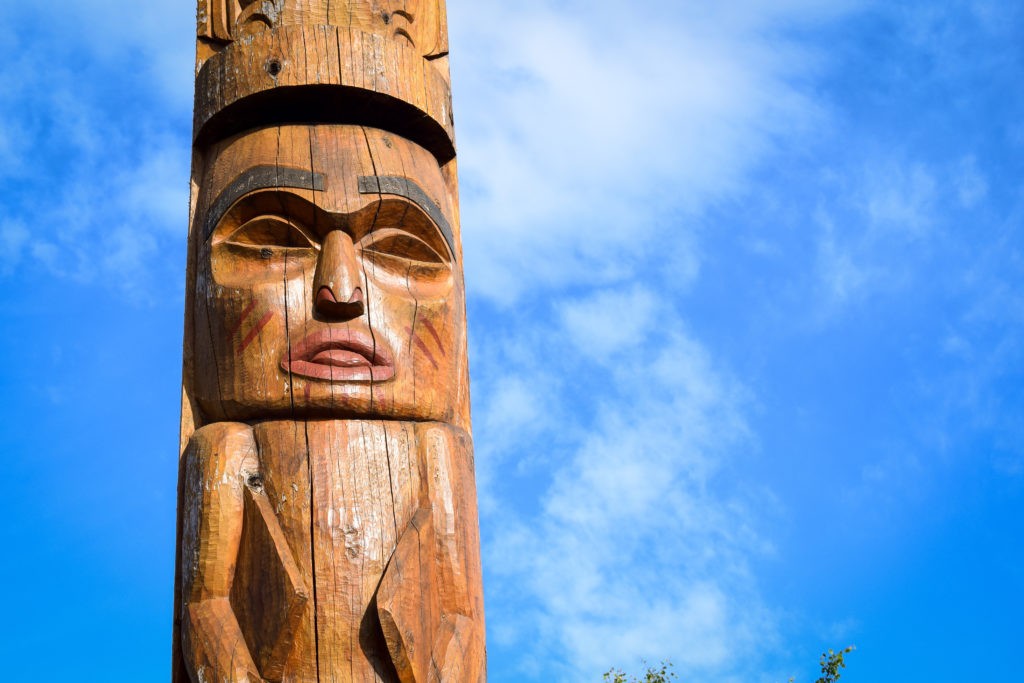
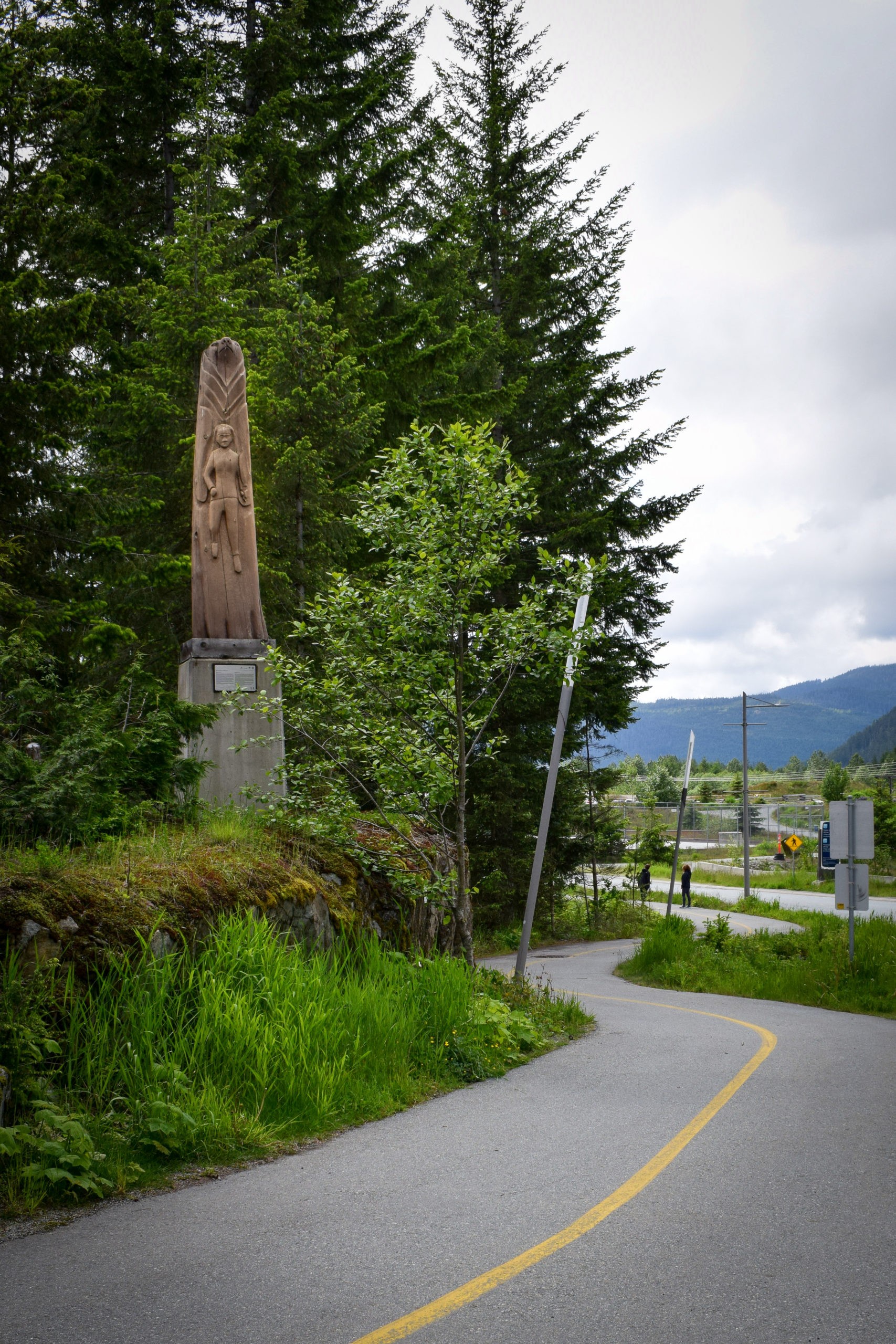
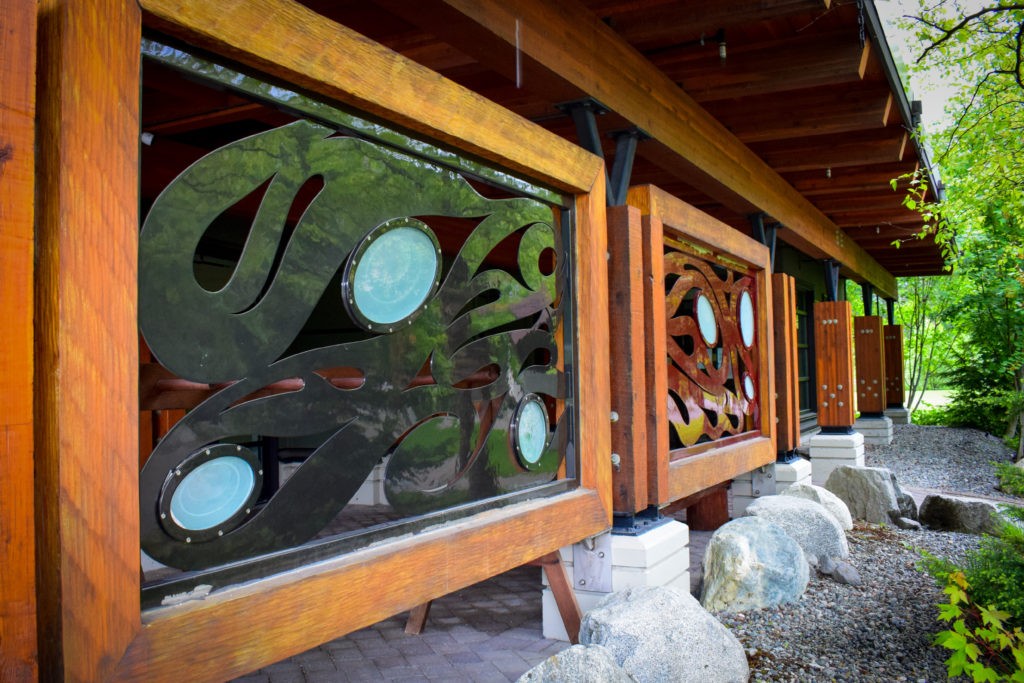
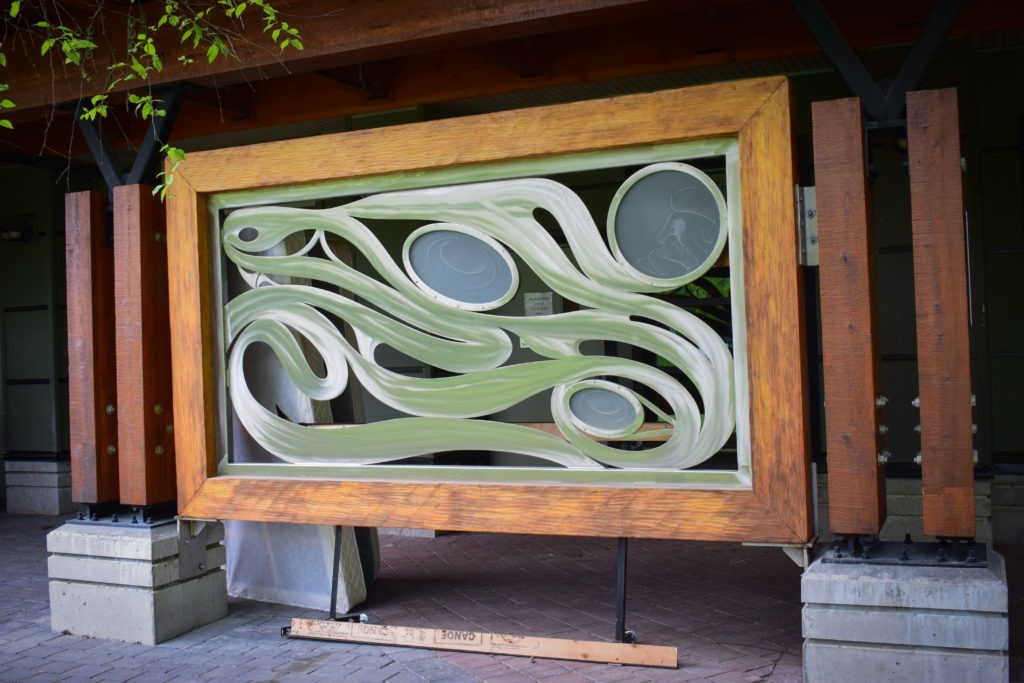
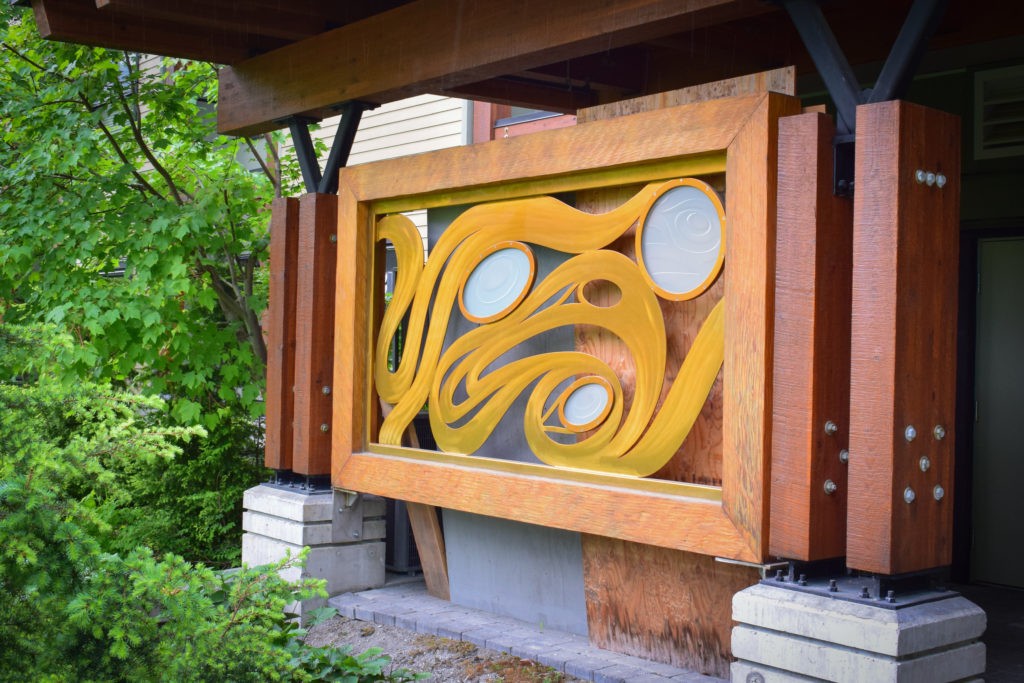
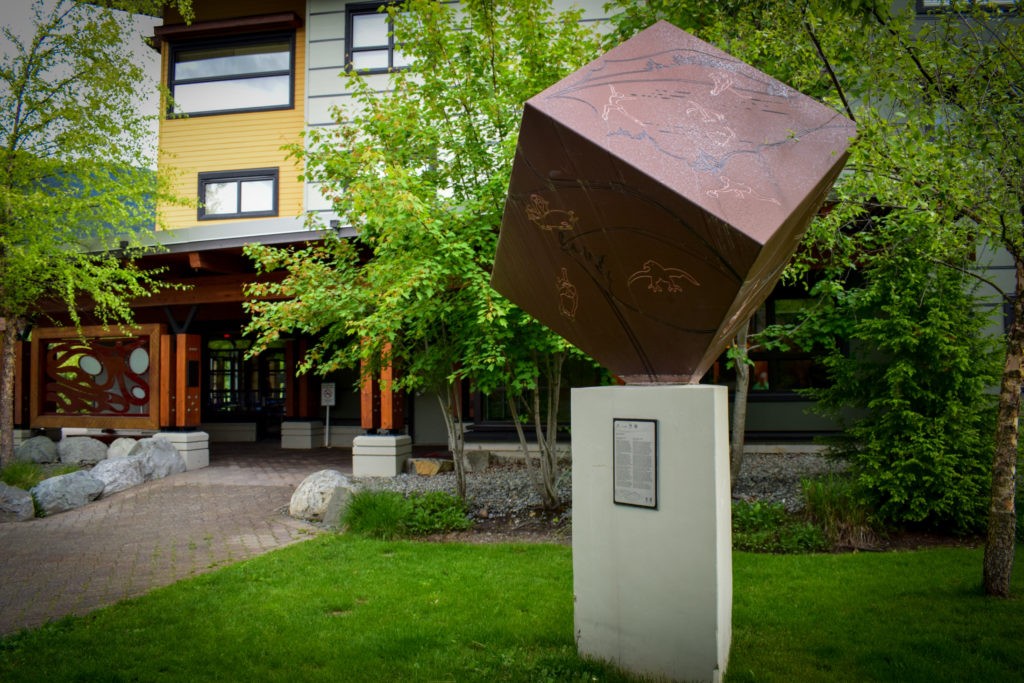
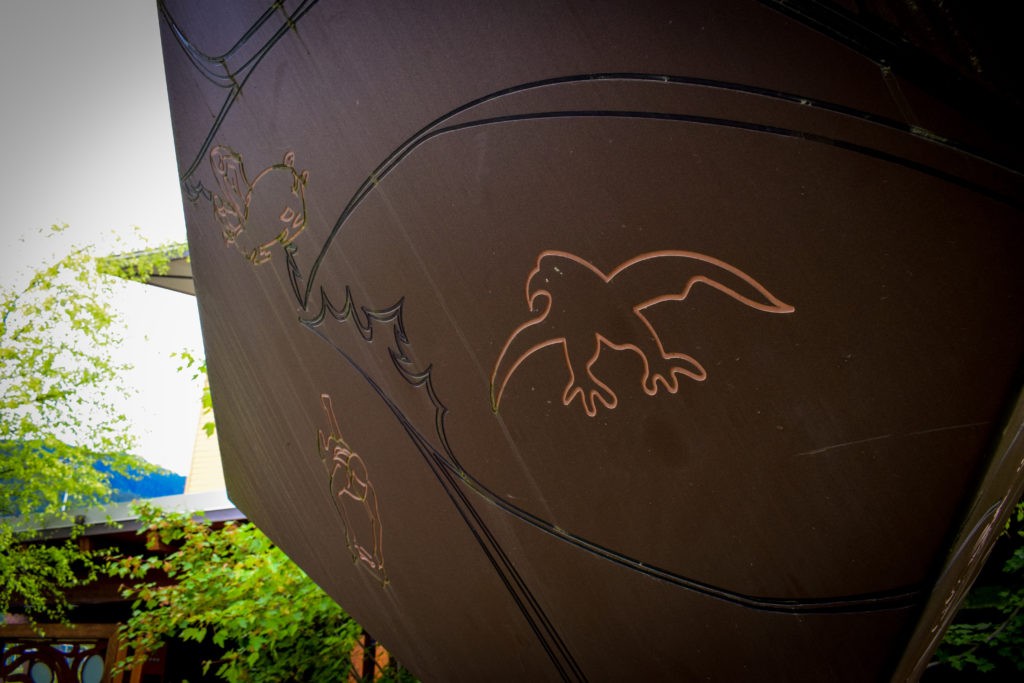
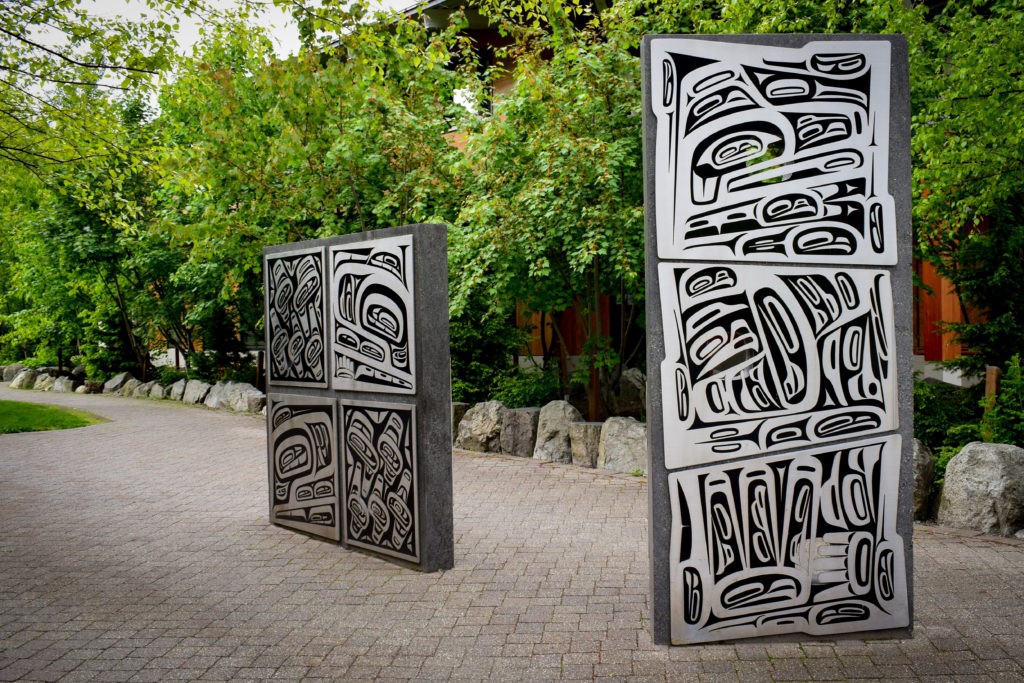
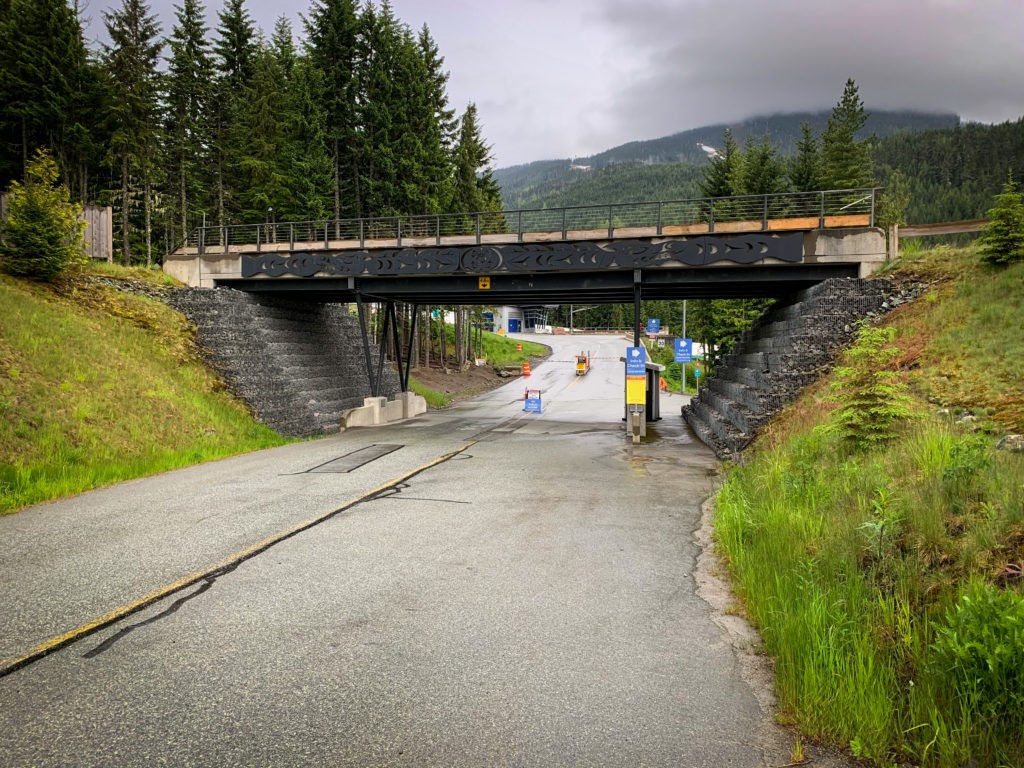
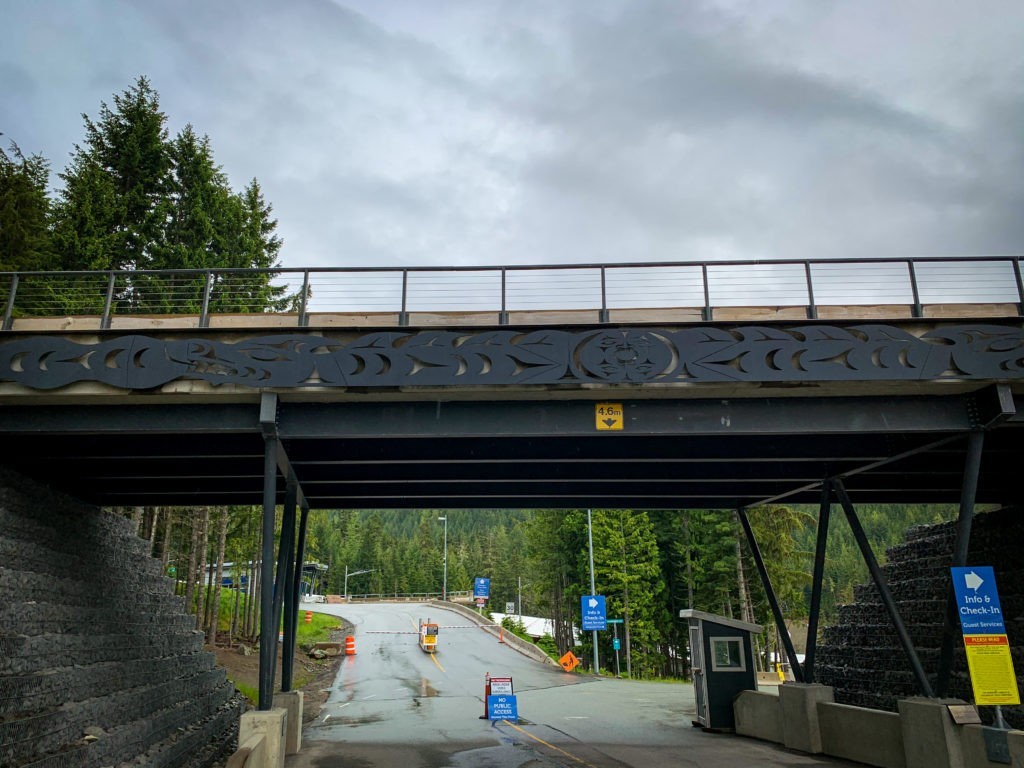
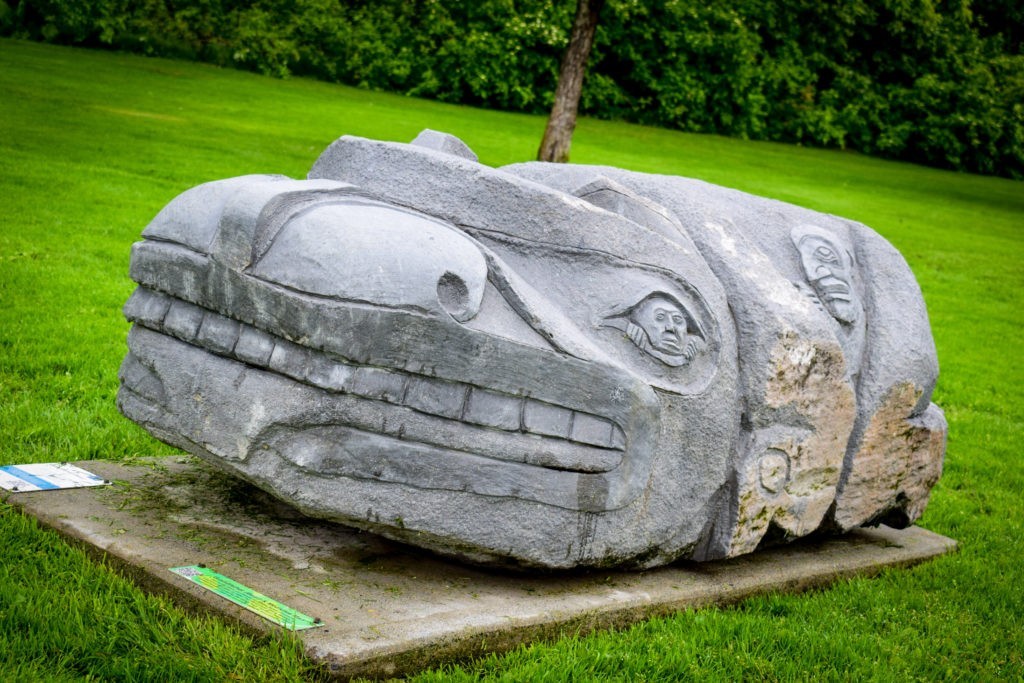
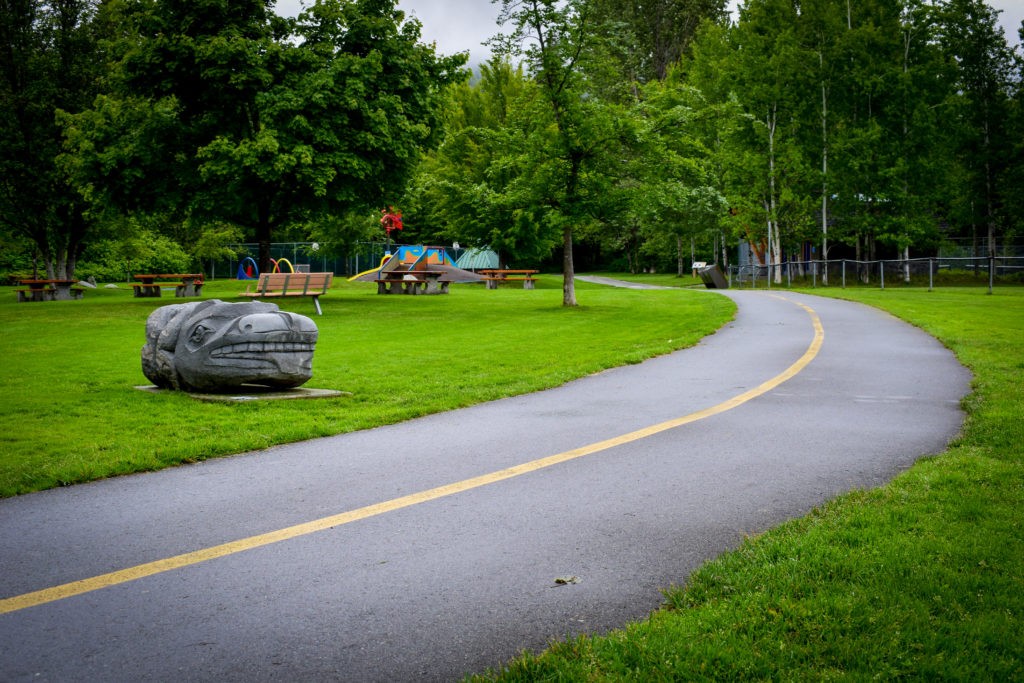
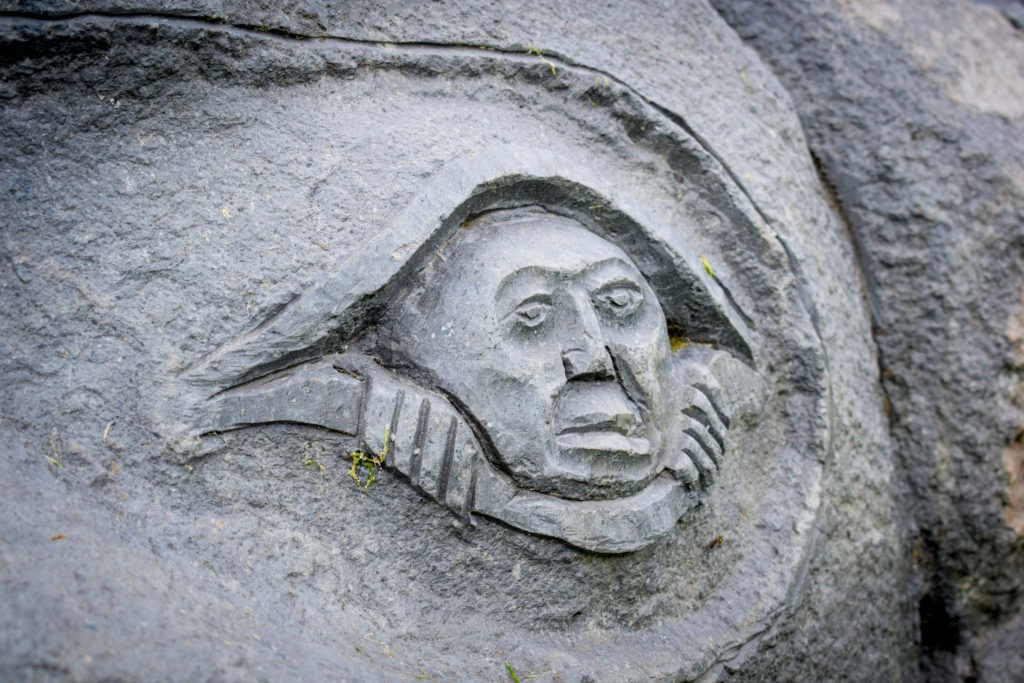
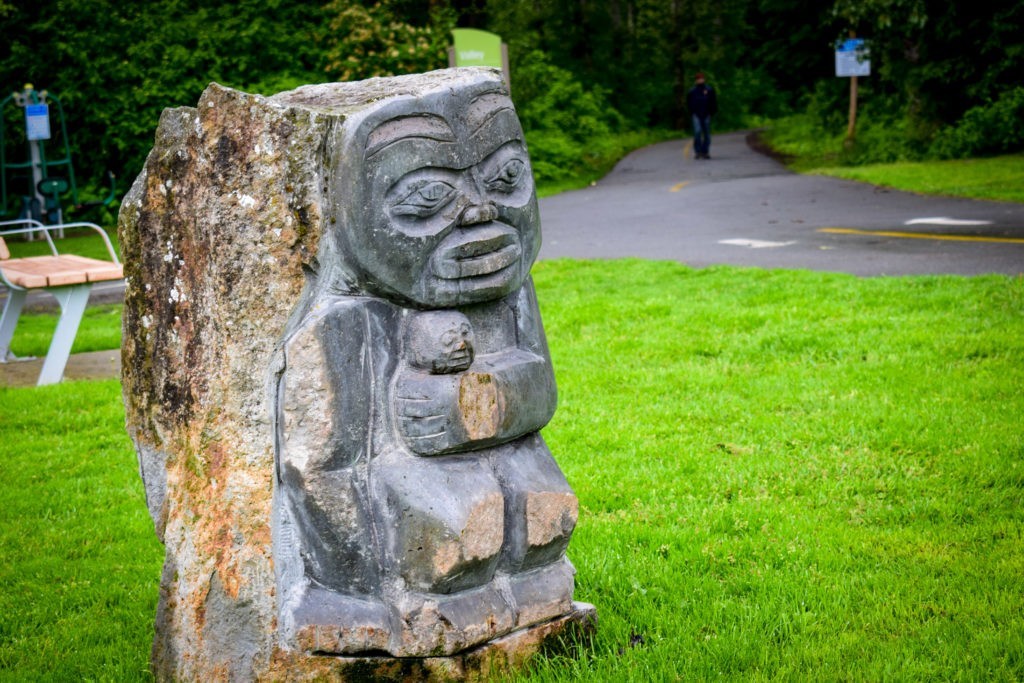
No Comments